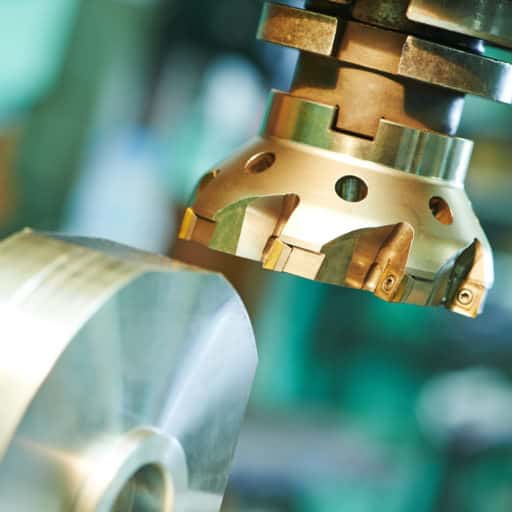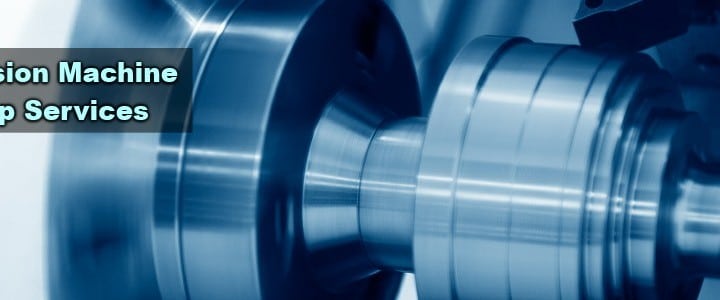Benefits of a CNC Milling Machine
A cnc milling machine uses a mechanical process to cut materials and create products. Engineers design 3D products using CAD software, then input the program into the milling machine through a computer interface.
While soft materials like wood and foam can be cut on a router, stronger metals such as titanium and steel require milling machines. Regardless of the material, these machines produce parts with accuracy and consistency.
1. Customization
A CNC milling machine is a powerful tool that can be used to create a wide range of products. From basic parts for everyday use to complex components for medical and aerospace applications, it can be used to machine materials like wood, plastics, or metals.
components for medical and aerospace applications, it can be used to machine materials like wood, plastics, or metals.
Each product gets a unique computer program that manages the movement and functioning of the multi-point cutting tools that cut away material to craft the final part or product. The program, written in an international standard language called G-code, is fed into the machine through a controller board to initiate the machining process.
After the machine reads the coding, it installs the appropriate machining material and begins cutting the workpiece to its desired size. This can be done through a variety of methods including rotating the cutter, moving the workpiece in various directions, or a combination of these techniques.
2. Precision
Precision is a critical aspect of CNC milling that can help your shop save time and money. This is because more accurate cutting prevents you from having to redo a part, which reduces the overall project timeline. This is where Bates Machine & Mfg. really shines.
These machines are also able to maximize geometric tolerances when working with tight angles that manual tools cannot replicate. This can be beneficial for many applications, including aerospace and medical products.
Precision CNC milling can also help you cut down on wastage, which is another cost-saving benefit. This can be especially important for high-volume orders where every part needs to meet certain standards. For example, if you are manufacturing medical devices, your company will require strict dimensional tolerances to ensure patient safety. A precision CNC machine will be able to maintain these standards even as the tools wear down.
3. Speed
With a CNC milling machine, you can create components in high volumes with an unprecedented level of consistency. This is thanks to the fact that cnc machines reduce human error during machining.
Whether you’re producing a prototype or a final product, every part will match the specifications laid out in your CAD or CAM file. This helps you save on labor costs, maximize materials, and produce accurate results.
To get the most out of your cnc mill, you’ll need to know how to select your speeds and feeds. These are the key factors that influence your machinists’ tool life, machining speed, and surface finish quality. Feed and speed calculations have been scientifically studied since the 1890s. The results of this research have been documented in terms of a number of formulas.
4. Efficiency
There are multiple efficiency options available to manufacturers with CNC milling machines. Because they operate autonomously and without the need for human operators, these machines cut down on wasted material. This also helps to reduce the risk of errors that can occur with manual operations.
Additionally, these machines work on a repeatable basis using software programs that use fixed tools along specified routes. This can help to reduce production times, making them a great option for completing large scale projects in a shorter timeframe.
It’s also important to keep the machine in top condition to maximize efficiency. This can be done by setting reasonable daily goals and regularly checking for any issues that may arise. These simple tips can help to ensure that the milling process is running smoothly, maximizing machining time and efficiency.
5. Cost
The cost of a CNC machine project depends on several factors. The first is the design and digitalization process which includes hiring a designer to create a product and turning it into a CAD file that the machine can understand.
Another factor is the geometry of your part, which determines how many axes the machine needs to work on. Simple geometries can use a three-axis mill, which is affordable and has high accuracy. For more complex geometry, a 5-axis machine is needed. This type of machine requires more expertise and knowledge to operate and can cost more.
It’s important to consider all these factors when planning your CNC machine project. A knowledgeable manufacturer can help you minimize the costs by choosing the right design, material and production volume.
